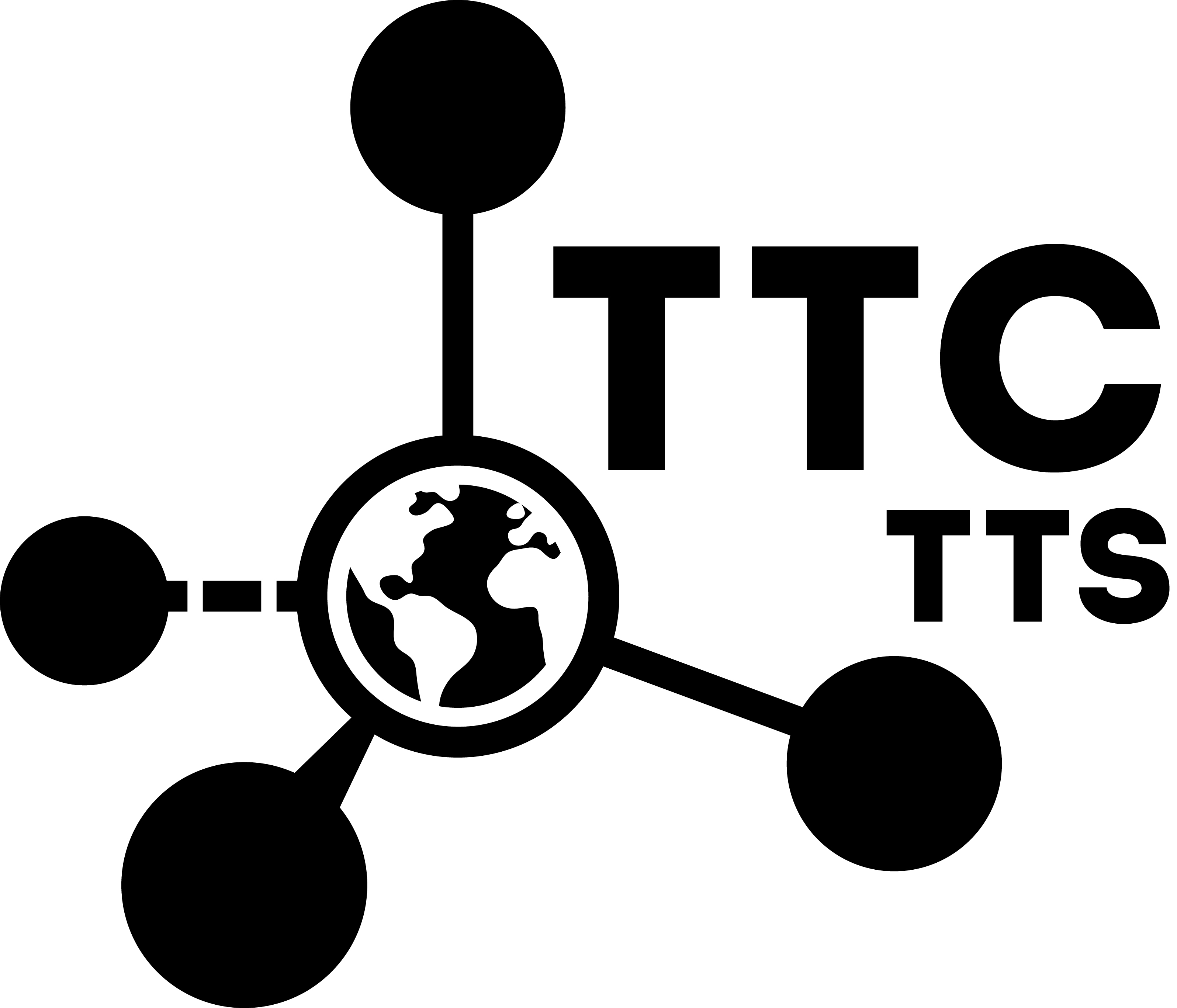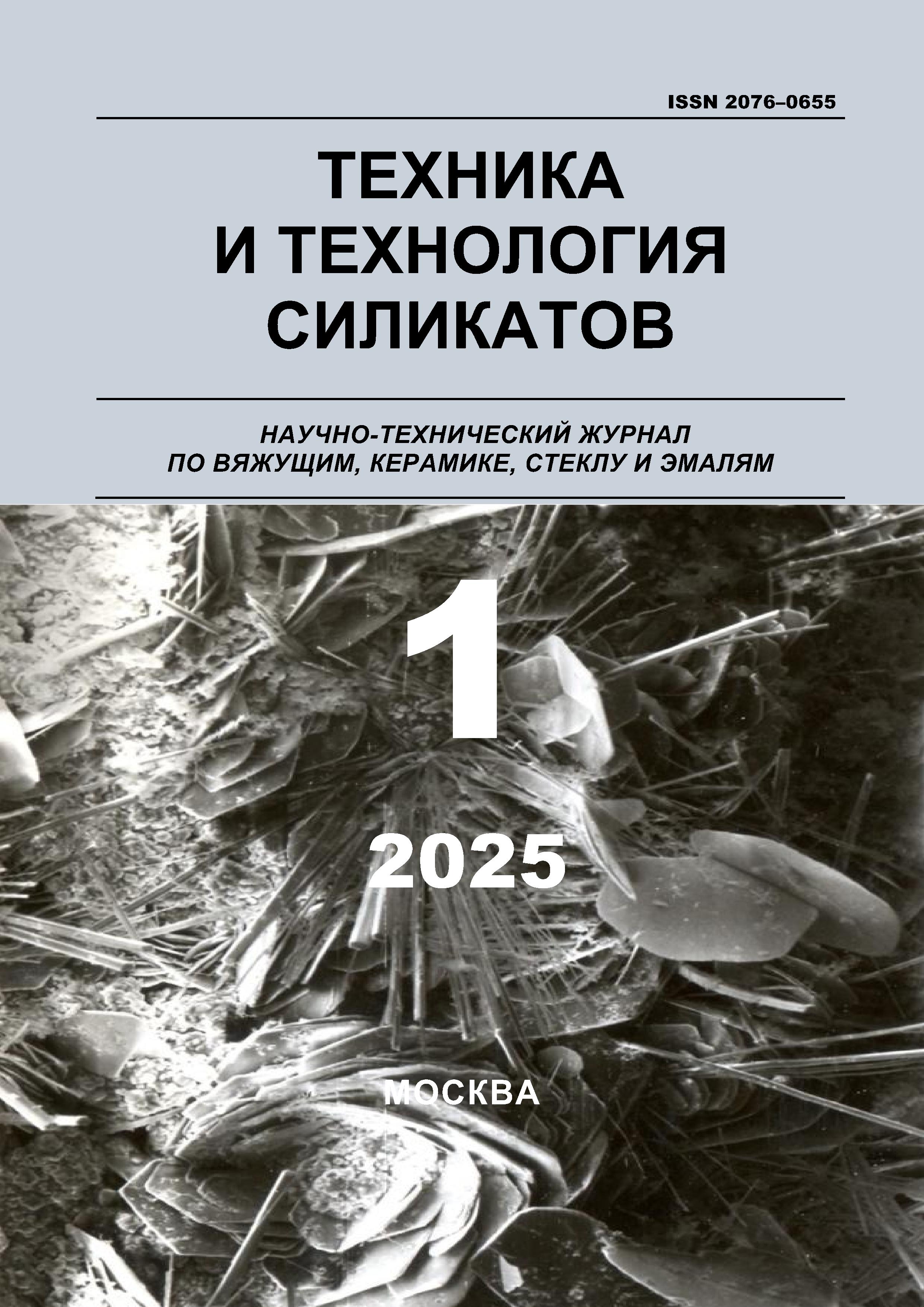сотрудник
Москва, г. Москва и Московская область, Россия
сотрудник
Москва, г. Москва и Московская область, Россия
сотрудник
Москва, г. Москва и Московская область, Россия
сотрудник
Москва, г. Москва и Московская область, Россия
УДК 666.942 Портландцемент
ГРНТИ 61.35 Технология производства силикатных и тугоплавких неметаллических материалов
ББК 35 Химическая технология. Химические производства
Рассмотрены проблемы ресурсоемкости производства цемента и бетона, которые могут привести к непоправимым климатическим изменениям. Показана необходимость использования устойчивых и эффективных методов для снижения выбросов CO2 в цементной промышленности и перехода к менее углеродоемкому производству. Обсуждена стратегия сокращения выбросов CO2, в том числе частичная замена портландцементного клинкера дополнительными вяжущими материалами (SCM), которая на сегодня является наиболее легкодостижимой. Процессы получения и использования SCM подробно проанализированы с точки зрения их влияния на выбросы CO2, энергопотребление и структуру цементного камня. В статье в качестве дополнительных вяжущих материалов для замены части клинкера рассматривается применение термообработанных глин, мергеля, рисовой шелухи и отходов очистки сточных вод. Представленные результаты исследований подтверждают, что цементы с использованием таких материалов могут снизить содержание клинкера в цементе до 50 % без потери прочностных характеристик. Ис-пользование некондиционных глин, мергеля, рисовой шелухи и отходов очистки сточных вод будет способствовать созданию экономике замкнутого цикла. Обсуждается важность дальнейших исследований по морозостойкости, коррозионной стойкости и сертификации цементов и бетонов на основе дополнительных вяжущих материалов.
низкоуглеродный цемент, энергоэффективность, дополнительные вяжущие материалы, термообработанная глина, мергель
1. Schoon J., De Buysser K., Van Driessche I., & De Belie N. Fines extracted from recycled concrete as alternative raw material for Portland cement clinker production // Cement and Concrete Composites, 2015. V. 58. Pp. 70–80. https://doi.org/10.1016/j.cemconcomp.2015.01.003.
2. Yu R., & Shui Z. Influence of agglomeration of a recycled cement additive on the hydration and microstructure development of cement based materials // Construction and Building Materials, 2013. V. 49. Pp. 841–851. https://doi.org/10.1016/j.conbuildmat.2013.09.004.
3. Kwan A. K. H., Ng P. L., & Huen K. Y. Effects of fines content on packing density of fine aggregate in concrete // Construction and Building Materials, 2014. V. 61. Pp. 270–277. https://doi.org/10.1016/j.conbuildmat.2014.03.022.
4. Paris Agreement - Status of Ratification [Электронный ресурс] // United Nations Climate Change, 2016: сайт. – URL: https://unfccc.int/process/the-paris-agreement/status-of-ratification (дата обращения: 03.09.2024 г.)
5. Passaro F., Boulle B., Burge L. Cementing the global net-zero transition. Prepared by Climate Bonds Initiative [Электронный ресурс] // Published by Climate Bonds Initiative, September 2023: сайт. – URL: https://www.climatebonds.net/files/reports/cementingtheglobaltransition.pdf (дата обращения: 15.09.2024 г.)
6. Technology Roadmap: Low-carbon transition in the cement indus-try [Электронный ресурс] // Agency and World Business Council for Sustainable Development, France 2018: сайт. – URL: https://www.iea.org/reports/technology-roadmap-low-carbon-transition-in-the-cement-industry (дата обращения: 15.09.2024 г.)
7. Ding T., & Xiao J. Estimation of building-related construction and demolition waste in Shanghai // Waste Management, 2014. V. 34 (11). Pp. 2327–2334. https://doi.org/10.1016/j.wasman.2014.07.029.
8. Puente de Andrade G., de Castro Polisseni G., Pepe M., & Toledo Filho R. D. Design of structural concrete mixtures containing fine recycled concrete aggregate using packing model // Construction and Building Materials, 2020. V. 252, 119091. https://doi.org/10.1016/j.conbuildmat.2020.119091.
9. Zhu P., Mao X., Qu W., Li Z., & Ma Z. J. Investigation of using recycled powder from waste of clay bricks and cement solids in reactive powder concrete // Construction and Building Materials, 2016. V. 113. Pp. 246–254. https://doi.org/10.1016/j.conbuildmat.2016.03.040.
10. Le, H.-B., & Bui, Q.-B. Recycled aggregate concretes – A state-of-the-art from the microstructure to the structural performance // Construction and Building Materials, 2020. V. 257, 119522. https://doi.org/10.1016/j.conbuildmat.2020.119522.
11. Zhang Y., Luo W., Wang J., Wang Y., Xu Y., & Xiao J. A re-view of life cycle assessment of recycled aggregate concrete // Con-struction and Building Materials, 2019. V. 209. Pp. 115–125. https://doi.org/10.1016/j.conbuildmat.2019.03.078.
12. Wen Z., Chen M., & Meng F. Evaluation of energy saving po-tential in China’s cement industry using the Asian-Pacific Integrated Model and the technology promotion policy analysis // Energy Poli-cy, 2015. V. 77. Pp. 227–237. https://doi.org/10.1016/j.enpol.2014.11.030.
13. Башмаков И.А., Потапова Е.Н., Борисов К.Б., Лебедев О.В., Гусева Т.В. Декарбонизация цементной отрасли и развитие систем экологического и энергетического менеджмента // Строительные материалы, 2023. № 9. С. 4-12. https://doi.org/10.31659/0585-430X-2023-817-9-4-12
14. Потапова Е.Н., Гусева Т.В., Толстых И.О., Бубнов А.Г. Технологические, технические и организационно-управленческие решения для устойчивого развития и декарбонизации цементной отрасли // Техника и технология силикатов, 2023. Т. 30. № 2. С. 104-115. – EDN UMLFEJ
15. Activity Report [Электронный ресурс] // Cembureau the European Cement Association, 2020: сайт. – URL: https://www.cembureau.eu/media/1sjf4sk4/cembureau-activity-report-2020.pdf (дата обращения: 20.09.2024 г.)
16. Barbhuiya S., Kanavaris F., Das B.D., Idrees M. Decarbonising cement and concrete production: Strategies, challenges and pathways for sustainable development // Journal of Building Engineering, 2024. Vol. 86, 1. 108861. https://doi.org/10.1016/j.jobe.2024.108861.
17. Dinga Ch.D., Wen Z.. China's green deal: Can China's cement industry achieve carbon neutral emissions by 2060? // Renewable and Sustainable Energy Reviews, 2022. Volume 155. 111931. https://doi.org/10.1016/j.rser.2021.111931.
18. Lothenbach B., Scrivener K., & Hooton R. D. Supplementary cementitious materials // Cement and Concrete Research, 2011. V. 41 (12). Pp. 1244–1256. https://doi.org/10.1016/j.cemconres.2010.12.001.
19. Skibsted J., & Snellings R. Reactivity of supplementary cementitious materials (SCMs) in cement blends // Cement and Concrete Research, 2019. V. 124. 105799. https://doi.org/10.1016/j.cemconres.2019.105799.
20. Avet F., Li X., & Scrivener K. Determination of the amount of reacted metakaolin in calcined clay blends // Cement and Concrete Research, 2018. V. 106. Pp. 40–48. https://doi.org/10.1016/j.cemconres.2018.01.009.
21. Kuandykova A., Taimasov B., Potapova E., Sarsenbaev B., Kolesnikov A., Begentayev M., Kuldeyev E., Dauletiyarov M., Zhanikulov N., Amiraliyev B. Production of Composite Cement Clinker Based on Industrial Waste // J. Compos. Sci. 2024. 8, 257. https://doi.org/10.3390/jcs8070257.
22. Scrivener K.L., John V.M., Gartner E.M. Eco-efficient cements: Potential economically viable solutions for a low-CO2 cement-based materials industry / UNEP (United Nations Environment Program), Paris, 2016. 64 p.
23. Development of State of the Art Techniques in Cement Manufacturing: Trying to Look Ahead [Электронный источник] // ECRA (European Cement Research Academy) and Cement Sustainability Initiative (CSI) (eds.), Düsseldorf and Geneva, 2017: сайт. – URL: www.wbcsdcement.org/technology (дата обращения: 20.09.2024 г.)
24. Scrivener K. L., John V. M., & Gartner E. M. Eco-efficient cements: Potential economically viable solutions for a low-CO2 ce-ment-based materials industry // Cement and Concrete Research, 2018. V. 114. Pp. 2-26. https://doi.org/10.1016/j.cemconres.2018.03.015.
25. Ptáček P., Frajkorová F., Šoukal F., & Opravil, T. Kinetics and mechanism of three stages of thermal transformation of kaolinite to metakaolinite // Powder Technology, 2014. V. 264. Pp. 439–445. https://doi.org/10.1016/j.powtec.2014.05.047.
26. Fernandez R., Martirena F., & Scrivener K. L. The origin of the pozzolanic activity of calcined clay minerals: A comparison between kaolinite, illite and montmorillonite // Cement and Concrete Research, 201. V. 41(1). Pp. 113–122. https://doi.org/10.1016/j.cemconres.2010.09.013.
27. Avet F., Li X., & Scrivener K. Determination of the amount of reacted metakaolin in calcined clay blends // Cement and Concrete Research, 2018. V. 106. Pp. 40–48. https://doi.org/10.1016/j.cemconres.2018.01.009.
28. Hollanders S., Adriaens R., Skibsted J., Cizer Ö., & Elsen J. Pozzolanic reactivity of pure calcined clays // Applied Clay Science, 2016. V. 132-133. Pp. 552–560. https://doi.org/10.1016/j.clay.2016.08.003.
29. Shi Z., Geiker M. R., De Weerdt K., Østnor T. A., Lothenbach B., Winnefeld F., & Skibsted J. Role of calcium on chloride binding in hydrated Portland cement–metakaolin–limestone blends // Cement and Concrete Research, 2017. V. 95. Pp. 205–216. https://doi.org/10.1016/j.cemconres.2017.02.003.
30. Antoni M., Rossen J., Martirena F., & Scrivener K. Cement substitution by a combination of metakaolin and limestone // Cement and Concrete Research, 2012. V. 42 (12). Pp. 1579–1589. https://doi.org/10.1016/j.cemconres.2012.09.006.
31. Sharma M., Bishnoi S., Martirena F., & Scrivener K. Limestone calcined clay cement and concrete: A state-of-the-art review // Cement and Concrete Research, 2021. V. 149. 106564. https://doi.org/10.1016/j.cemconres.2021.106564.
32. Durdziński P. T., Ben Haha M., Zajac M., & Scrivener K. L. Phase assemblage of composite cements // Cement and Concrete Research, 2017. V. 99. Pp. 172–182. https://doi.org/10.1016/j.cemconres.2017.05.009.
33. Morales-Cantero A., Vallina D., De la Torre A. G., Cuesta A., Santacruz I., Dalla-Libera A., Borralleras P., Dhers S., Schwesig P., Mazanec O., Aranda M.A.G. Enhancing fluidity and mechanical properties in Limestone Calcined Clay cements with one-third Portland clinker content // Journal of Building Engineering, 2024. V. 95, 15. 110334. https://doi.org/10.1016/j.jobe.2024.110334.
34. Wang T., Medepalli S., Zheng Yu., Krishnan S., Li N., Ishida T., Zhang Zu., Bishnoi Sh., Zhang K. An efficient method for determin-ing the pozzolanic reaction degrees of low-calcium supplementary cementitious materials in blended cement pastes // Cement and Concrete Composites. 2024. V. 151. 105595. https://doi.org/10.1016/j.cemconcomp.2024.105595.
35. Дмитриева Е.А., Потапова Е.Н. Влияние термообработанных алюмосиликатов на свойства портландцемента // Успехи в химии и химической технологии, 2020. Т.34. № 5(228). С. 27-29.
36. Potapova E., Dmitrieva E. The effect of metakaolin on the processes of hydration and hardening of cement // Materials Today: Proceedings, 2019. № 19. Pp. 2193-2196.
37. Корчунов И.В., Дмитриева Е.А., Потапова Е.Н., Сивков С.П., Волошин Е.А., Лукошкин С.А. Использование известняка при разработке составов добавочных цементов повышенной морозостойкости // Цемент и его применение, 2022. № 2. С. 44-49.
38. Наполнители аграрного происхождения для древесно-полимерных композитов / А. Е. Шкуро [и др.] // Вестн. Казан. технол. ун-та, 2014. Т. 17. № 21. С. 160–163.
39. Никитин Г.С., Скобелев Д.О. Эффективность государственных и корпоративных инвестиций в развитие реального сектора экономики // Вестник Нижегородского университета им. Н. И. Лобачевского. Серия: Социальные науки. 2022. № 4 (68). С. 32-41.
40. Самченко, С. В. Свойства цементных композитов на основе известняка в зависимости от его гранулометрического состава / С. В. Самченко, О. В. Александрова, А. Ю. Гуркин // Вестник МГСУ. – 2020. – Т. 15, № 7. – С. 999-1006. – https://doi.org/10.22227/1997-0935.2020.7.999-1006 – EDN TNMMPP.
41. Samchenko, S. The effect of dispersion of limestone on the properties of cement mortar / S. Samchenko, O. Larsen, A. Gurkin // Materials Today: Proceedings: International Conference on Modern Trends in Manufacturing Technologies and Equipment, ICMTMTE 2019, Sevastopol, 09–13 сентября 2019 года. Vol. 19. – Sevasto-pol: Elsevier Ltd, 2019. – P. 2068-2071. – https://doi.org/10.1016/j.matpr.2019.07.076 . – EDN RVCDLT









